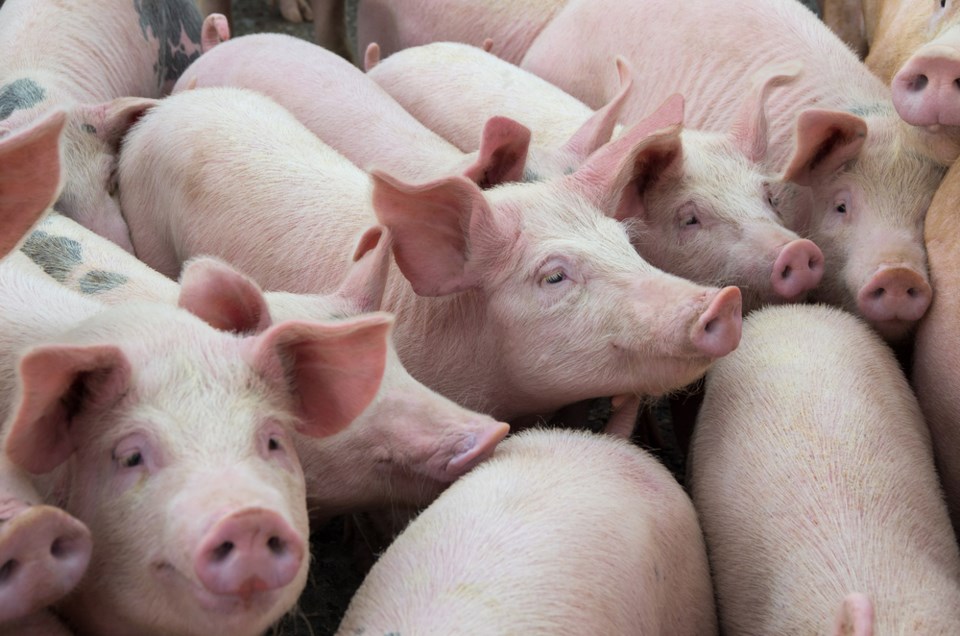Trump administration’s red tape reductions in the United States have come to the meat processing industry, with proposals to switch from federal inspectors to industry-employed inspection.
New regulations planned for May will cut the number of federal inspectors at pork plants by 40 per cent.
Responsibility for identifying diseased and contaminated pork would be shared with plant employees. Their training will be left to plant owners.
The regulations were suggested last June but Pat Basu, chief veterinarian with the United States Department of Agriculture’s Food Safety and Inspection Service, refused to sign off on the new pork system over concerns about safety for consumers and livestock.
The USDA sent the proposed regulations to the Federal Register about a week after Basu left the job.
Basu was worried about giving plant workers the responsibility to identify and remove live diseased hogs when hogs arrive. He believed the job should remain with USDA veterinarians so they can identify contagious diseases like foot and mouth.
William James, head veterinarian in the USDA’s Food Safety and Inspection Service from 2008 to 2011, helped develop the regulations.
“More emphasis will be placed on preventing contamination rather than reacting to it afterwards,” he told the Los Angeles Times.
“These (inspection) systems have evolved since the ’80s, and they will continue to do so. We cannot do things the same ways we’ve always done them.”
USDA officials say they have no plans under the new system to test for salmonella. The agency will rely heavily on pathogen testing by plant owners, but test results will not have to be publicly disclosed.
Nor will hog plants be required to test for E. coli.
Joseph Ferguson, a former USDA hog inspector who retired in 2015 after 23 years under traditional inspection systems and a trial program that created the new system, says federal regulators lost control when plant workers took over.
Hog carcasses whizzed by him and plant-paid inspectors at speeds so fast that fecal contamination — an important indicator for E. coli and salmonella — could not be detected.
“All the power gets handed over to the plant,” Ferguson said. “I saw the alleged inspections that were performed by plant workers. They weren’t inspections. They were supposed to meet or exceed USDA standards. I never saw that happen.”
The proposed inspection rule is based on a study that began 20 years ago.
Trump administration officials told industry groups they expect the proposed regulations to become final soon. Forty hog plants processing 90 per cent of the pork produced in the United States will start the new system.
A USDA analysis of 35 of the 40 plants estimated the number of federal inspectors will shrink from 365 to 218.
That analysis says the new system will save $6 million annually and large plants, by increasing line speeds by more than 12 per cent.
The Trump administration also is working to shift inspection of beef to plant owners. USDA officials are meeting next month to discuss the proposed changes with the meat industry.
Congress could block the new regulations.
Ron Walter can be reached at [email protected]




